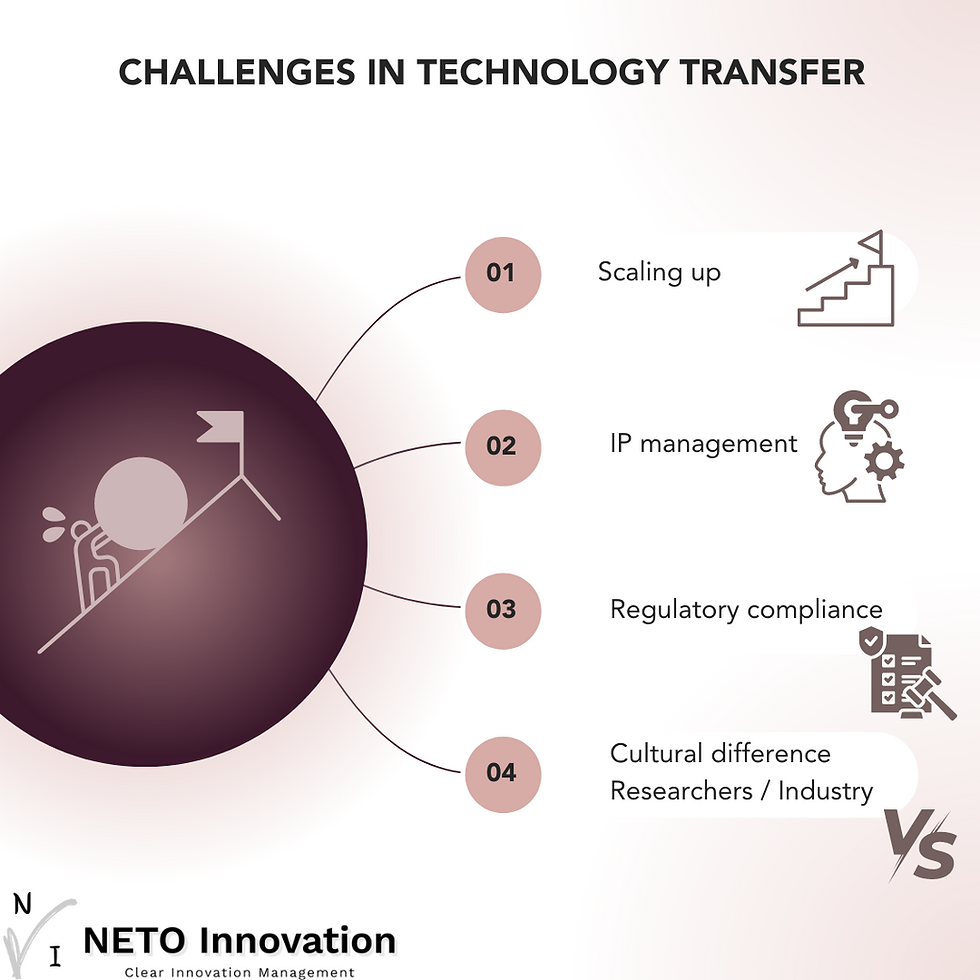Printed electronics – The new way for electronics’ manufacturing
- Rita

- Nov 24, 2021
- 2 min read
Updated: Dec 8, 2021
Printed electronics technology uses printing methods with novel functional materials to manufacture electronic components. Conducting, semi-conducting, or electroluminescent materials are employed in order to manufacture resistors, transistors, and other electronic components. Screen printing, flexography, rotogravure, slot die, inkjet replace conventional methods based on silicon chip manufacturing.
Introduction to Printed Electronics (PE)
Printed electronics (PE) is an emerging domain allowing to decrease micro-electronic devices cost, increase their production rate and moderate their environmental impact[1].
With the evolution of the PE technology, attention was especially focused on the development of flexible thin films. Organic thin films are of high interest because of their low temperature processing. Thus, polymers were investigated as substrates and/or conductive materials for different domains such as photovoltaics, solar cells, displays, batteries and radio frequency identification tags (RFID).[2]
One must focus on 4 main elements when considering PE components (Figure below):
The substrate: polymers (PET, PEN), paper based, ceramic (LTCC – Low Temperature Cofired Ceramics, alumina), glass, etc.
The functional ink: based on metals, metal oxides, organic polymer (PEDOT:PSS poly(3,4-éthylènedioxythiophène) (PEDOT) / poly(styrène sulfonate) de sodium (PSS), PANi - Polyaniline, PPy - Polypyrrole), and active layers in OLEDs (PPV (poly[p-phénylène vinylene]), polyfluorene, polythiophenes, etc.) and in OPVs (P3HT/PCBM, PPV, polythiophenes, etc.).
The printing method (inkjet, flexography, rotogravure, screen printing, etc.).
And the application (displays, OLED, PVs, antennas, batteries, etc.).

In this post, we will mainly focus on functional inks.
Functional inks
Functional inks are mixture of three major components, the functional/active material, the inorganic binder, and the vehicle.
Main raw materials used for functional conductive inks formulation are based on nanoparticles, nanotubes, nanowires, microparticles (spherical, flakes, etc.), soluble polymers, etc. Their nature will depend on ink type (metal, metal oxides, conductive polymers, emissive layers, etc.)
An inorganic binder, generally composed of glass powders and other adhesion promoters, may be added in some cases to enhance the adhesion of inorganic particles.
A vehicle is a mixture of organic binder, solvent, and additives to promote dispersion stability, adjust rheological behavior and enhance stability.
To process a functional ink, one must consider the active material type, the ink composition, and the post-treatment (Figure below[3]).

Why printed electronics?
Compared to classical methods used in electronic components manufacturing, printed electronics show multiple advantages. The main advantages of printed electronics vs conventional methods are summarized in the table below.

To conclude – The market of PE
Printed electronics is nowadays introduced in various traditional as well as breakthrough technologies and applications. Below are some of the potential markets.[4]

Conductors: e-textiles, electro-magnetic interference shielding, etc.
Logic and memory.
Smart and active packaging.
Transparent Conductive Electrodes in (O)PV, OLEDs, and other displays.
OLED displays and lighting.
Printed Quantum Dot (QD) Displays, and hybrid QD-OLED displays.
Electrochromic displays.
Electroluminescent displays.
Batteries.
Photovoltaics.
Sensors and antennas.
Wearables and skin patches.
Conductive inks market was estimated at $2.91 billion in 2020 and is expected to reach $3.98 billion in 2028. This market addresses transparent conductive electrodes, PV, membrane switches, displays, RFID, etc.[5]
For more insights on new technologies and sciences domains, subscribe to NETO Innovation website.
Follow us on social medias and keep up to date with our latest news:



References
[1] https://cordis.europa.eu/project/id/214122/fr [2] D. Savastano. Printed electronics: The year in review. [3] R. FADDOUL, Procédés d’impression dédiés à la production de masse de microcomposants électroniques à base de céramique. Thèse – Université de Grenoble - 2012 [4] https://www.idtechex.com/fr/research-report/flexible-printed-and-organic-electronics-2020-2030-forecasts-technologies-markets/687 [5] https://www.verifiedmarketresearch.com/product/conductive-inks-market/




Comments